Rainbow Six Siege Review
It has been a long seven years since the Rainbow Six series saw the light of day, with Vegas 2 hitting back in 2008. The gaming landscape has changed in the interim, and one might not think there is room for a high-budget slow-paced tactical shooter in today’s market. Fortunately, Ubisoft decided it was time to revive the twenty-year old FPS franchise with a modern, multiplayer-focused approach in Rainbow Six Siege, and they were overall highly successful. There are a few niggling technical issues and one design flaw that can lead to a lot of frustration which sadly holds the game back from its full potential, but these are issues that will almost certainly be resolved with updates, and what is here is already very enjoyable.
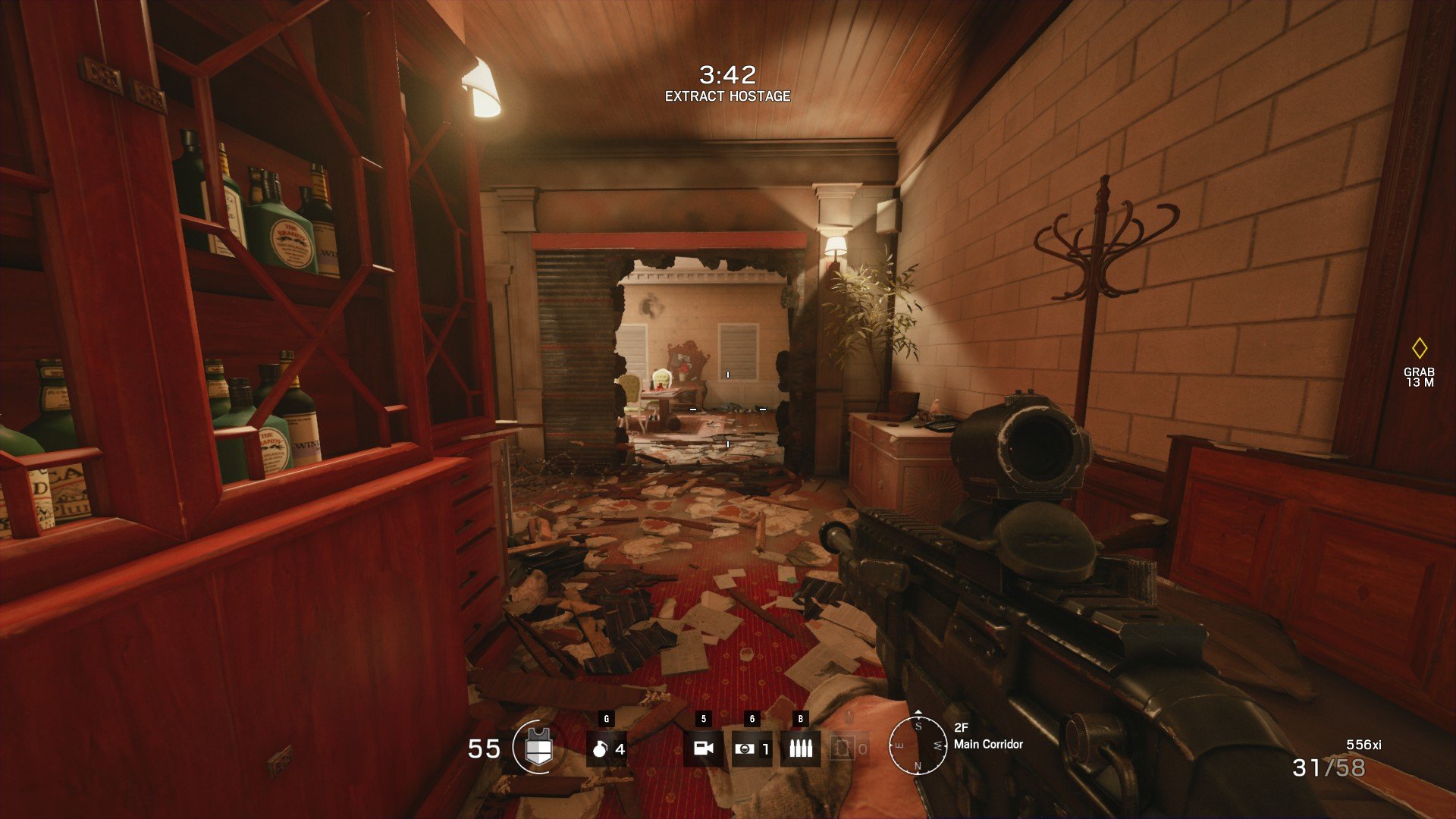
One of the major selling points of Siege is its destruction, and while this does play a major role in just about every match, some might be disappointed when they learn it is somewhat limited. Certain walls can be completely destroyed or shot through, while others will remain fully intact regardless of what you do to them. Ultimately, this is for the best, as the developers have clearly been deliberate in choosing which walls can be destroyed. Learning which walls will remain intact will become a critical part of your ability to stay alive, and this focused destruction is one of the big things that give Siege such a distinct pace and feel.
While the destruction might seem like the main differentiating factor for the game, there are several other aspects that help set it apart as well. The meat of Siege is in its competitive online play, and while there are technically three different modes, they all boil down to one team defending an objective which is located in a structure of some kind while the other team tries to bust in and capture it. Even though both sides run around with traditional firearms, they play in very different ways, meaning that this is very much an asymmetrical multiplayer experience.
The start of each round involves a brief preparation phase where the defenders must do their best to turn the area around the objective into a death-maze of reinforced walls, booby traps, barbed wire and various gadgets designed to foil the efforts of the attackers. The attackers use this time to buzz around the map with small electronic drones, attempting to pinpoint the location of the objective and determine what the defenders will be doing to try and stop them.
The objectives themselves come in three varieties; bomb-defusing, hostage-rescue and bomb-capture. They are all fairly similar in that the objectives are in one room or two close-by rooms that the defenders must protect. Completing the objectives require slightly different approaches; the attackers must be careful when playing the hostage mode not to kill the hostage with errant grenades or bullets, and the defenders must decide if they want to split up in the bomb-defuse mode which has two objectives, or stay together and move as a team if the attackers go for the objective they aren’t defending.
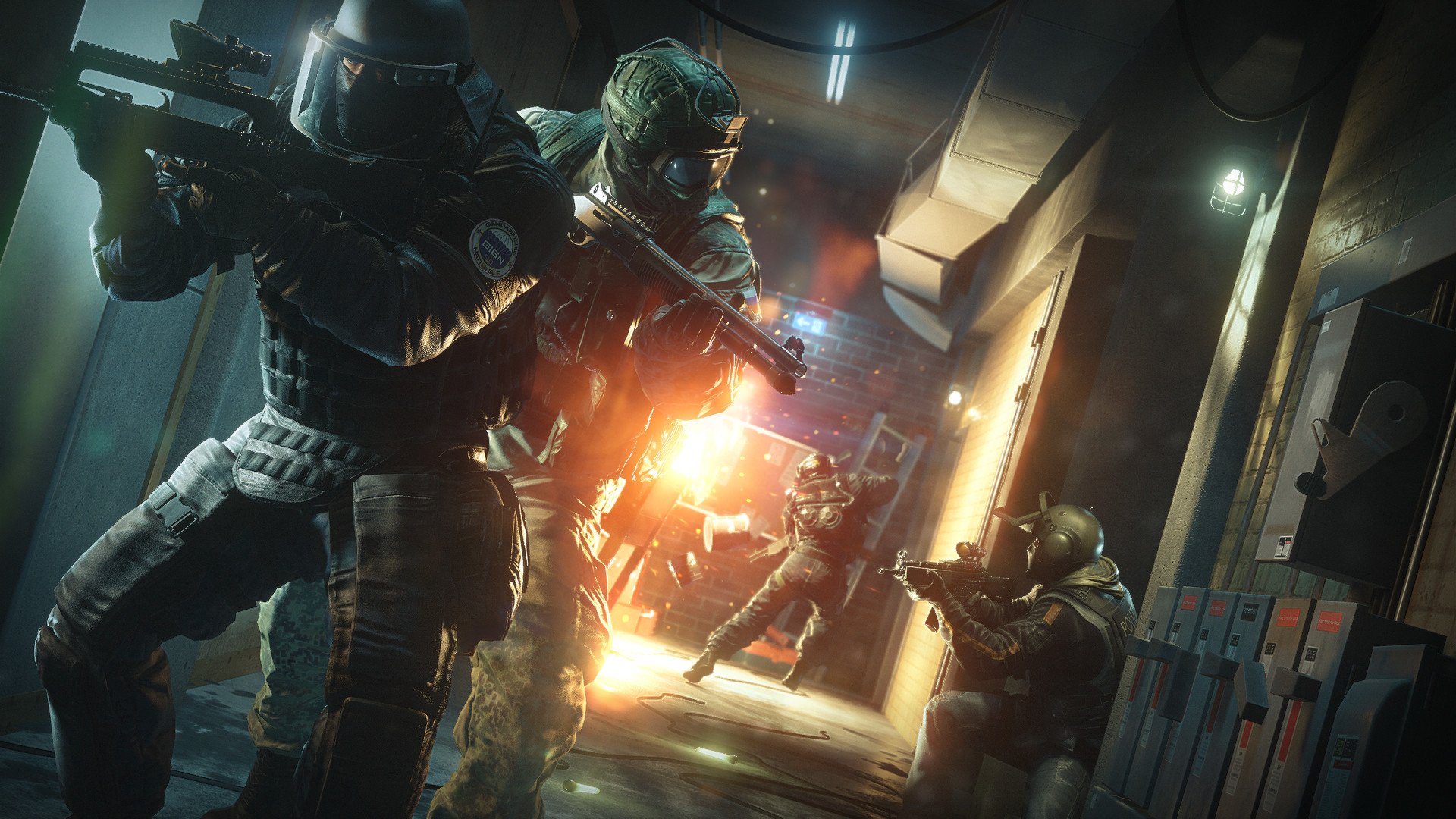
When the time comes to begin the assault or defensive effort, each player much choose a unique operator to play with. The two sides have access to different sets of operators, with ten existing on each side. Each operator will have a distinct gadget, ability or buff that will help them either support their team, or counter something the other team is doing. They complement and counter each other in an almost Team Fortress-like way; any strategy can be countered if you have the right composition of operators, and learning what each of them do, and what their strengths and weaknesses are, is an important part of playing effectively. However, to preserve strategic balance, you do not know who you’ll be facing until the match has already begun and both teams made their operator choices. Everyone gets to choose their operator again with each new round of the match – the matches are first to win 3 rounds in casual, 4 in competitive.
For instance, one of the defending classes can put down jamming devices that prevent the attackers from blowing up walls. This will force them to funnel through doorways, which can be booby-trapped by another class. The attackers can counter this combination using an operator who uses a scanner to detect electronic devices, and another who can throw EMP grenades which will disable them, allowing the attackers to breach the wall that was previously covered by the jammer. There are loads of approaches that rely on the interplay between operators, and using them to their advantages is highly rewarding. Busting down a reinforced wall the enemies thought secure as Thermite, blowing open a hole beneath their feet with Ash or, as defenders, using a pulse-sensor to figure out where the attackers will be coming in are all great mechanics that don’t rely on quick reflexes.
If learning the ins and outs of these strategies against other human opponents sounds intimidating, there are ways to learn the operators before jumping into PvP. To start, there are ten offline scenarios that see you playing versus AI as different operators, giving you a chance to try many of them out before you invest in unlocking them. While not as robust as a full campaign, these scenarios are reasonably varied and challenging, taking a few hours to run through, more if you try and get all of the optional objectives that come with a nice Renown bonus, the currency used to unlock everything in Siege.
Despite the annoying presence of microtransactions that let you speed-up the rate you gain Renown and obtain weapon skins, the unlock system in Siege is a good one. Even though you gain levels in Rainbow Six Siege, no unlocks are gated by your character level. All operators, weapon attachments and skins can be unlocked from the start, assuming you have enough Renown. You can get a nice chunk from going through the singleplayer scenarios and watching the tutorial videos, although after that the rate of accumulation and unlocks slows, partly due to the progression system, and partly due to the rate at which you earn Renown by playing online games.
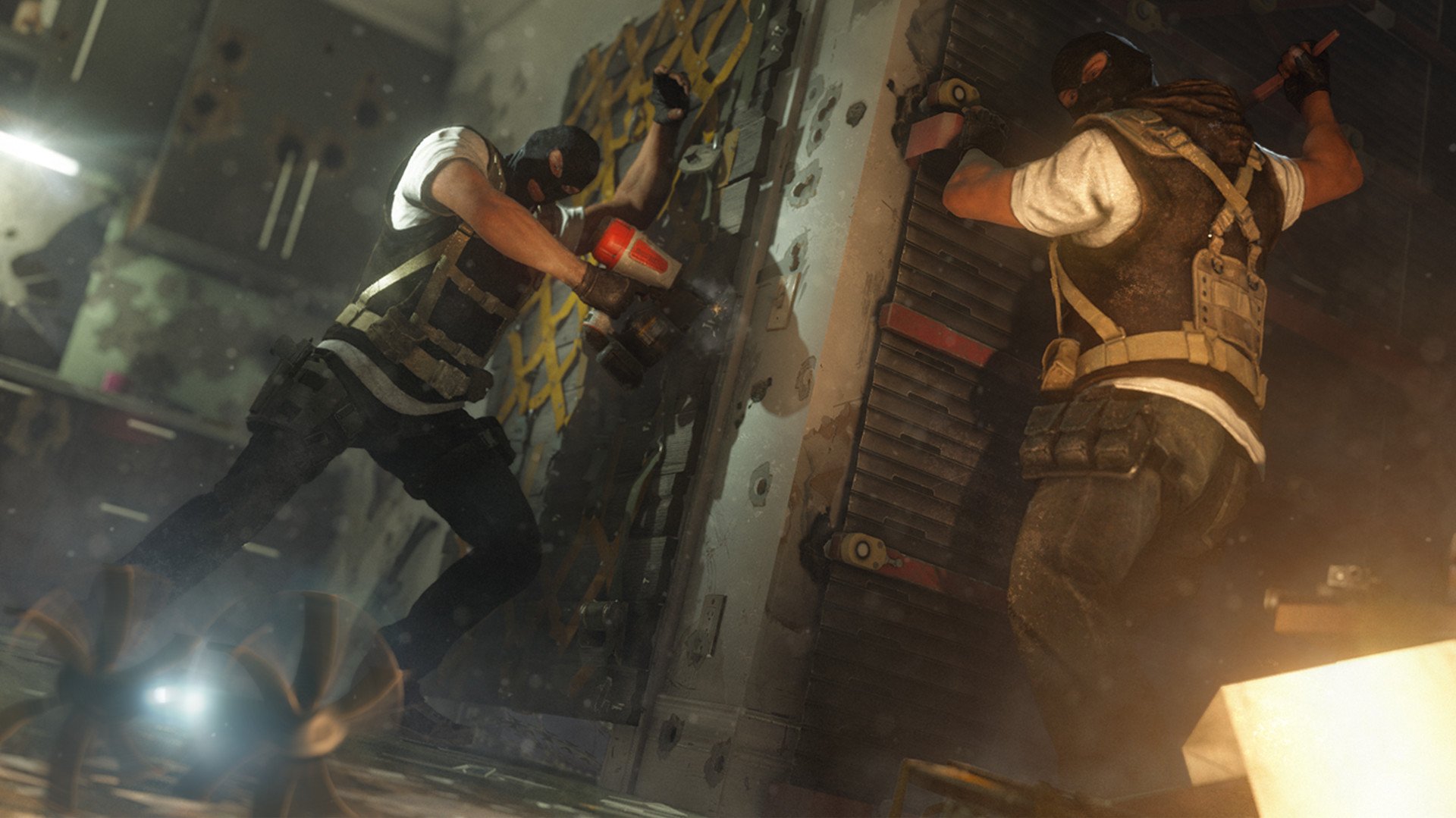
There are different categories of operators, based on various countries’ anti-terror units like the SAS, FBI and Spetznaz, with each group having four operators each. The first operator you unlock from each country will only cost 500 renown, which can be earned by playing just a couple of games, but after this, each subsequent operator will cost an additional 500, meaning you will need to accumulate 2000 renown to unlock the last operator for each group.
This means that early on you will unlock new operators quickly, but the pace will slow towards the end. Given that it takes a while to learn how each operator works and you get to choose the order you unlock them in, I felt this system to be quite fair, especially given that once you get to ranked multiplayer matches at level 20, the rate at which you unlock Renown increases. You are also given challenges that give you a nice Renown bonus for completing them.
If you want a chance to test out new operators with a group of people without going into PvP, Terrorist Hunt is a mode that returns from previous games. This lets you play with up to four teammates co-operatively against the AI on a playlist that randomizes maps and objectives, which helps to keep things fresh. The quality of this mode varies depending on the objective type; simply hunting down and killing all of the terrorists is a bit tedious, but trying to locate and defuse two separate bombs while fending off waves of enemy reinforcements is good fun. There are even defensive missions that can get quite chaotic and intense thanks varied enemy types like suicide bombers and some who will make use of riot shields.
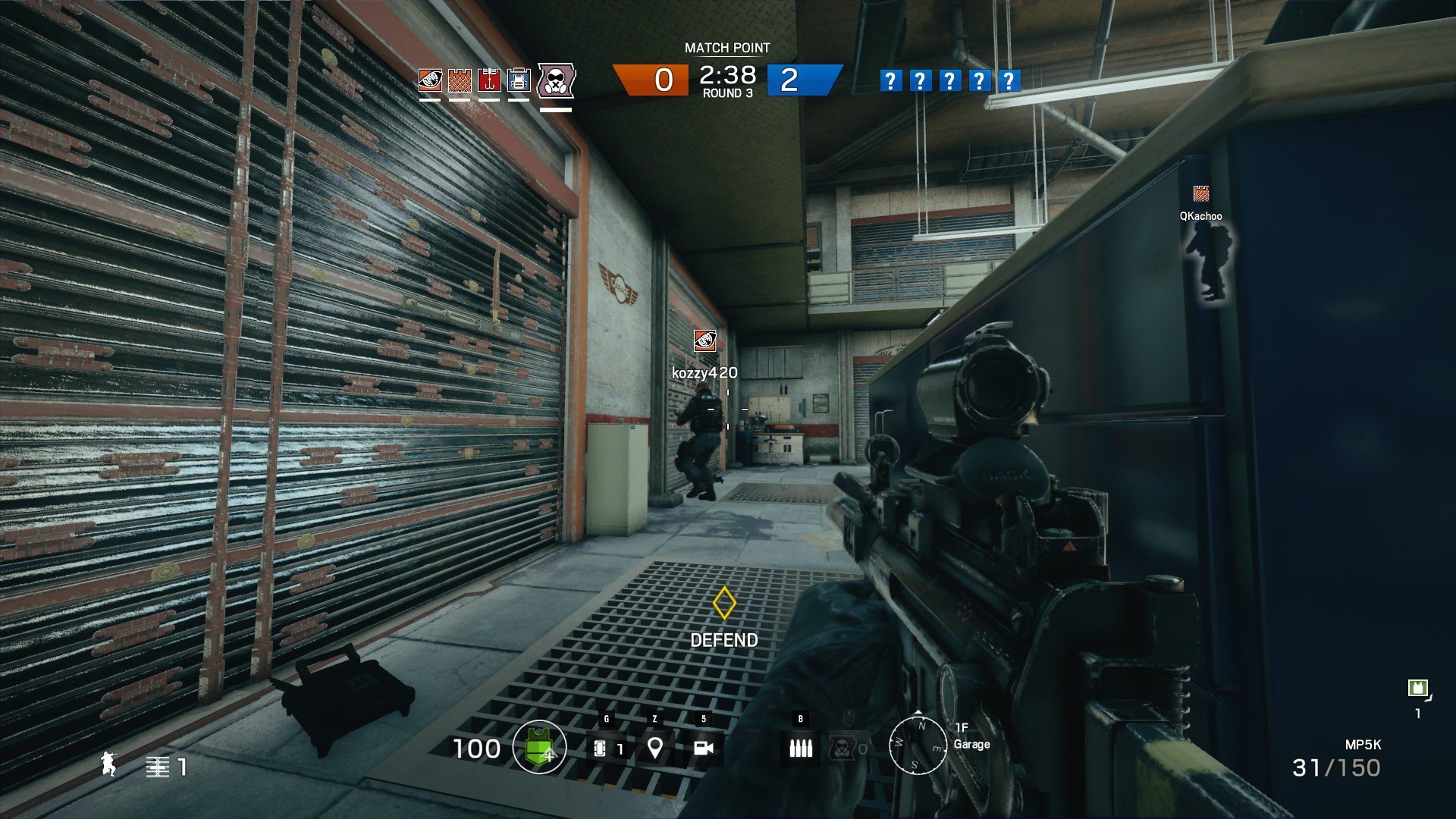
The meat of the experience is of course the competitive PvP, and this is where the most fun is had. Defending is fantastically tense as you listen to the enemies walking around through walls and breaching doors, windows and walls nearby, unsure of when they will finally burst into the room where you cower. Attacking feels dangerous as you bash holes in windows and peek through, rappel up the sides of buildings and down through skylights as you attempt to find a weak point in your enemies’ defenses. The movement feels smooth and the animations are quit good; you can roll onto your back while prone and see your legs sticking out in front of you.
All of this is great, and if there wasn’t an ugly side to Rainbow Six Siege, It would easily be one of the best and most refreshing tactical shooters to arrive from a major studio in a very long time. My first twenty or so hours with the game were full of thrilling, heart-pounding moments and exciting discoveries. Sadly, there are some fairly serious issues that hold it back. I’ll get to the technical side of things shortly, but first would like to talk about a design choice that greatly inhibited my enjoyment.
The gunplay in Siege is good, with fully automatic weapons having an appropriate amount of recoil. Most of the characters have a good deal of body armor, meaning it takes quite a few shots to drop someone. Even then, they will not be dead; a player will first enter an ‘injured’ state, giving team mates a window to revive them. That is, unless you hit them in the head, at which point any weapon will instantly kill someone with a single bullet. This might not seem like a big deal for a tactical, realistic-leaning FPS, but given the cramped quarters, destructible walls and prevalence of fully automatic weapons, you will find yourself constantly dying to head-shots, sometimes in some very frustrating ways.
There were times when as the attackers I was approaching the objective, discovered the defenders hadn’t reinforced one of the walls, and sent a burst of bullets through it. More often than seemed reasonable, I would end up killing some unfortunate player with a lucky headshot. This seemed to happen to me just as frequently; at one point, a player with a shield randomly shot his 9mm pistol through a wall, one of the bullets happened to make contact with my head, killing me instantly.
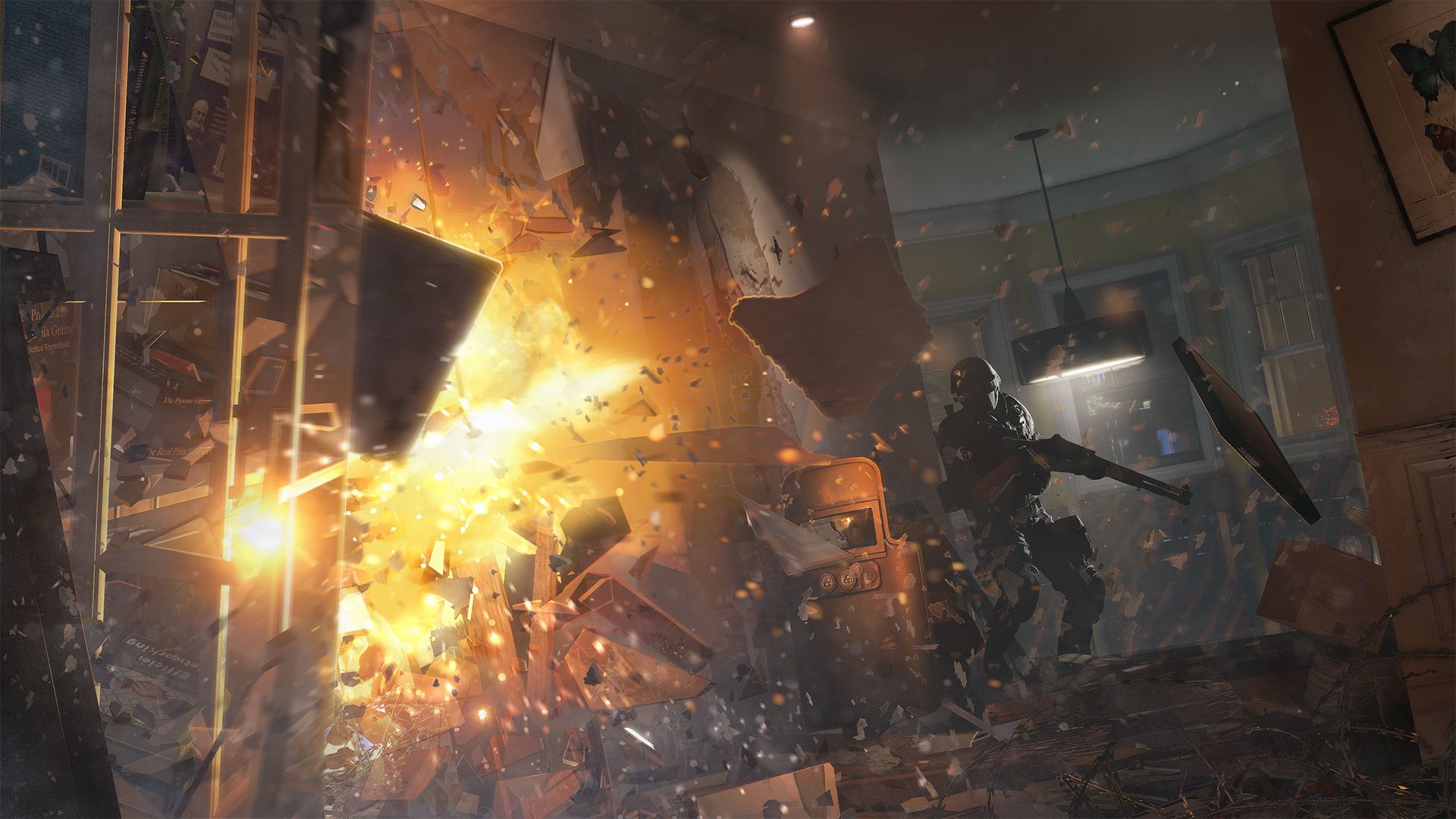
Once I became aware of this issue, I began to realize just how frequently you die this way. Often I would get the jump on someone, and they would get lucky when their weapon’s recoil randomly sent a bullet flying into my skull. For a game that focuses so heavily on teamwork, tactics and coordination, these instant deaths undermine what Siege does well, and lead to some pretty extreme frustration. One defending operator can shoot a medic-pistol to instantly revive a team-mate from a distance, while another can put down additional armor for defenders; both these abilities are made almost useless due to the prevalence of headshots. I swore I would quit the game from frustration on a few occasions, and this is coming from someone who enjoys the likes of Arma, Red Orchestra 2 and Insurgency; but it is testament to the quality of the core gameplay that I kept coming back.
If lethal headshots don’t sound like a problem to you, the technical issues most certainly will. Playing with friends is certainly the way to go with Siege, but myself and many I played with frequently had trouble connecting to each other. I was also disconnected from matchmaking lobbies and games on a somewhat regular basis; this is particularly problematic for ranked matches where you are forced to wait a short time before you can search for a new match if you leave mid-game. Even worse are the sound-bugs that crop up during multiplayer; my sound would occasionally break entirely, meaning I had to complete rounds in total silence.
This is a real shame because the sound design is some of the best around, and is crucial to success. You can determine enemy locations based on footsteps, and in ranked games, there are no grenade indicators, meaning you need to listen for the distinctive clinking sound of a grenade or flash-bang when it is thrown into a room. Having no audio puts you at a severe disadvantage. But when it works, and you’ve got a nice pair of headphones, your tactical senses are bound to be heightened.
While the visuals in Siege aren’t industry-leading, the game does look good, especially when the explosions start and dust and debris fills the air. Matches take place at different times of day which alters the mood of each game, and the eleven maps are in nicely varied locations that all look distinct. The game also runs superbly; I never saw the frame rate dip below sixty on the highest settings, though I did experience one crash.
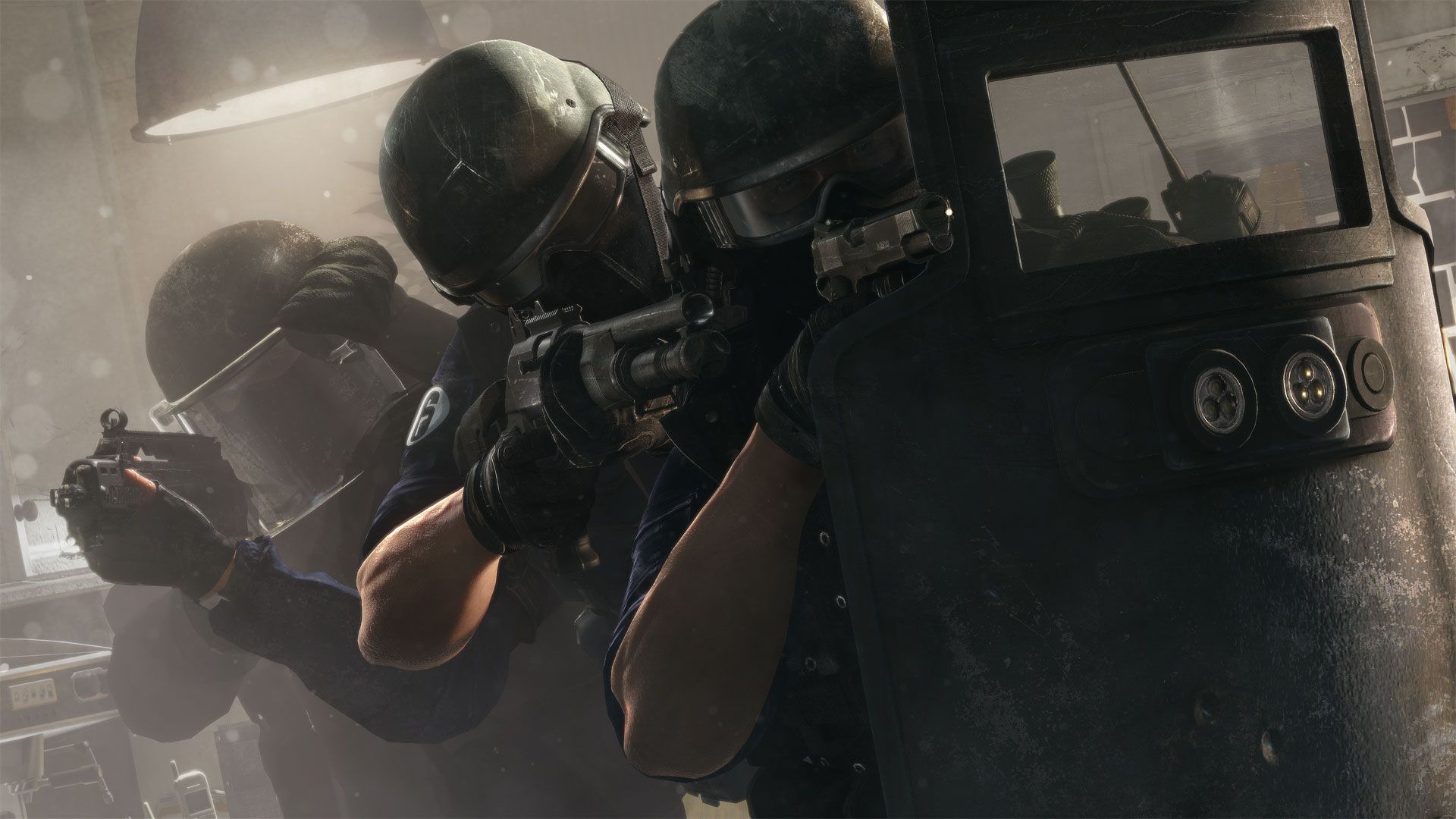
Even though I think that at its core Rainbow Six Siege is one of the best and most refreshing tactical shooters to come out in a while, it is difficult for me to recommend it in its current state. The amount of content feels a bit thin for the price tag, and the technical issues are more prevalent than they should be. However, Ubisoft are planning on releasing a good deal of post-launch content including new maps and operators for free, and will continue to update the game. If Siege develops a reasonable community and has its problems fixed, it will be a must-buy for any tactical shooter fan.
